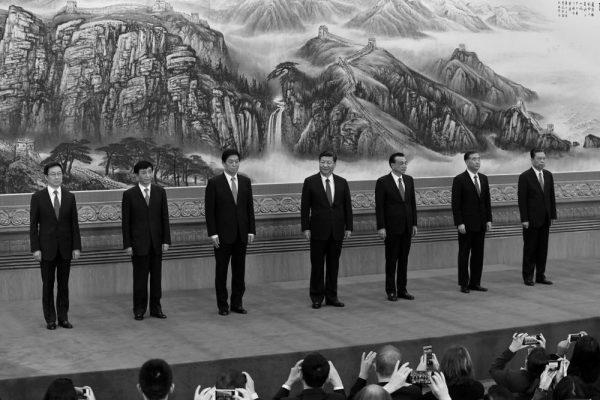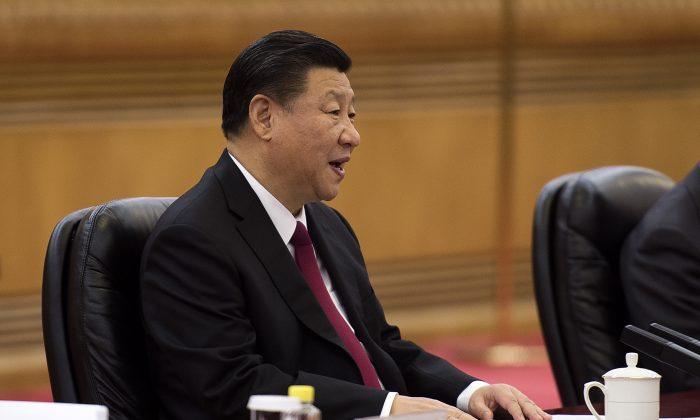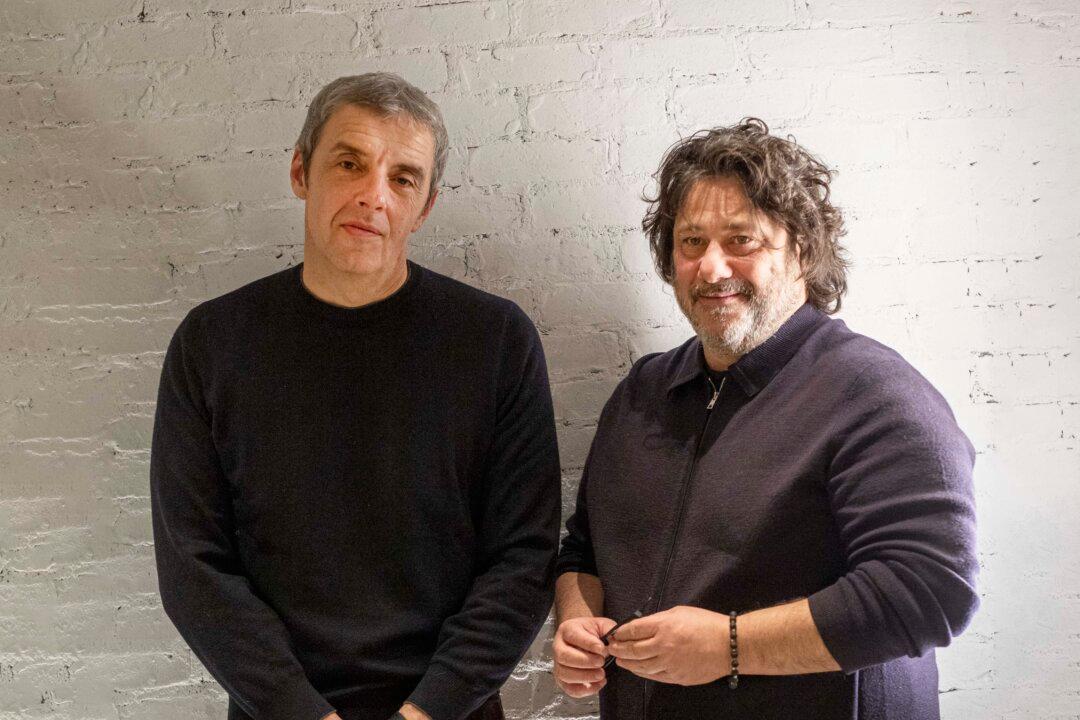The Chinese regime has officially proposed to eliminate a two-term limit on the country’s position of chairman, established in the Chinese Communist Party’s (CCP) constitution, setting the stage for current chair Xi Jinping to rule for a third term, or perhaps until death.
Observers had already predicted this possibility when Xi failed to appoint a successor to the Party’s top decision-making body during last October’s important political conclave, the 19th National Congress.
The constitution currently limits the position of state chairman to two five-year terms. Xi is nearing the end of his first term and would be serving until 2022—but the rule revision could change that.
The proposal was made by the CCP’s Central Committee, which consists of 204 elite party members (and 170 alternates), according to the regime’s mouthpiece news agency, Xinhua, on Feb. 25.
Under the CCP’s conventions, the party leader also holds the position of general secretary and military chief, which do not have term limits. Xi could theoretically stay on in either position or create a new position that can allow him to stay in power.
The Central Committee also proposed to incorporate Xi’s brand of party ideology into the constitution, known as “Xi Jinping Thought on Socialism with Chinese Characteristics for a New Era”—a change that was decided back in October during the party congress.
The constitutional changes are among Xi’s moves to further consolidate his power within a party constantly in factional battle.
A Party Split
In fact, the timing of the Central Committee’s next scheduled political meeting, known as the third plenary session, provides hints into the continued factional struggles within the Party’s upper echelons.Held from Feb. 26 to 28, the party elite will discuss reforms and personnel appointments, according to Xinhua.
Days later, on March 3 and 5 respectively, the Party’s top political advisory body, the Chinese People’s Political Consultative Conference, and rubber-stamp legislature, the National People’s Congress, will meet. These sessions are jointly known as “Lianghui,” which translates to “two meetings” in Chinese.
The tight, and unusual, scheduling hints that Xi still doesn’t have full authority over the Party’s top leadership and has encountered some factional challenges to his power, according to China political analyst Chen Pokong.
Chen broke down the reasoning behind his analysis in a YouTube video posted on Feb. 24.
The days-only separation between the third plenary session and the Lianghui suggests that there is something urgent Xi needs to take care of, before reforms or personnel decisions are given rubber stamp approval during the Lianghui.
Xi’s plans may have encountered roadblocks within the Politburo Standing Committee, the Party’s most powerful decision-making body—hence Xi’s need to call an emergency meeting with the Central Committee, where he has more political support, Chen said.
Within the Standing Committee’s seven members (which Xi is part of), Wang Huning and Han Zheng have prior connections to former Party leader Jiang Zemin, while Li Keqiang and Wang Yang are considered members of the “tuanpai” (those affiliated with the Communist Youth League) faction. That leaves just Xi himself, his former subordinate Li Zhanshu, and Zhao Leji, who has demonstrated his loyalty to Xi but has not worked as closely with him, according to Chen.

Xi’s wishes may not have garnered enough support within this “balance of power between the factions,” so he is turning to the broader Central Committee for help, Chen said in the video.
Meanwhile, the timing of the third plenary session is unusual for another reason: the Central Committee typically holds a second plenary session during the beginning of the year, where they discuss party appointments, after which the Lianghui in March approves such appointments, followed by the third plenary session in the fall, where party reforms are drawn up.
This year, the second and third sessions are only separated by a month; the second plenum just concluded in mid-January. This precedent-breaking schedule once again points to the urgency of what Xi wants done. The fact that personnel appointments were not finalized at the prior session and are still on the agenda for the third plenum suggests that factional infighting about appointments may have stalled decisions. “It remains to be seen how much power Xi can grab,” Chen said.
Reuters contributed to this report.
Recommended Video:






Friends Read Free